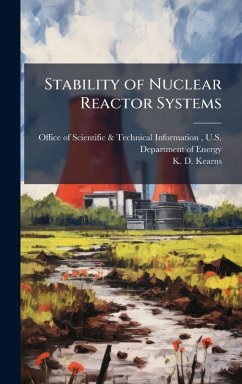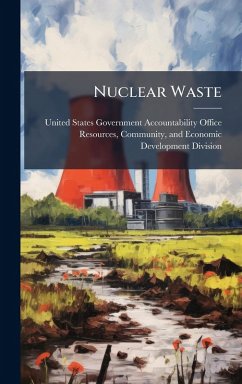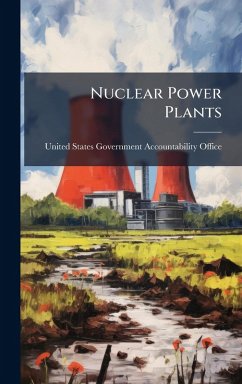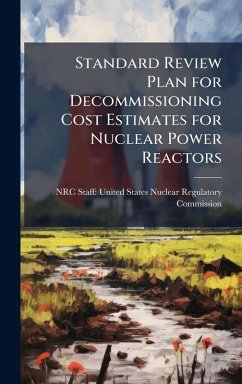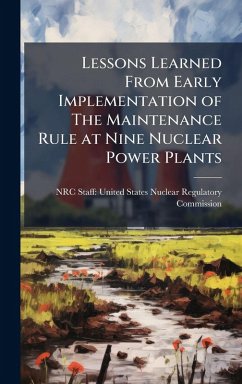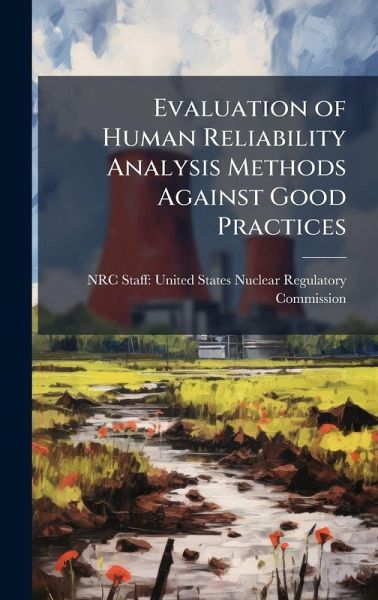
Evaluation of Human Reliability Analysis Methods Against Good Practices
Versandkostenfrei!
Versandfertig in über 4 Wochen
31,99 €
inkl. MwSt.

PAYBACK Punkte
16 °P sammeln!
The U.S. Nuclear Regulatory Commission (NRC) has developed guidance for performing or evaluating human reliability analyses (HRAs) to support risk-informed regulatory decision-making and, in particular, the implementation of Regulatory Guide 1.200, "An Approach for Determining the Technical Adequacy of Probabilistic Risk Assessment Results for Risk-Informed Activities," dated February 2004. The NRC's detailed HRA guidance was developed in two phases. The first phase focused on developing "Good Practices for Implementing Human Reliability Analysis," as documented in NUREG-1792, dated April 2005...
The U.S. Nuclear Regulatory Commission (NRC) has developed guidance for performing or evaluating human reliability analyses (HRAs) to support risk-informed regulatory decision-making and, in particular, the implementation of Regulatory Guide 1.200, "An Approach for Determining the Technical Adequacy of Probabilistic Risk Assessment Results for Risk-Informed Activities," dated February 2004. The NRC's detailed HRA guidance was developed in two phases. The first phase focused on developing "Good Practices for Implementing Human Reliability Analysis," as documented in NUREG-1792, dated April 2005. The second phase, summarized in this report, evaluated the various HRA methods that are commonly used in regulatory applications in the United States, with a particular focus on the extent to which they provide guidance to satisfy the good practices. Since the good practices closely parallel the requirements of the Probabilistic Risk Assessment (PRA) Standard (RA-S-2002) promulgated by the American Society of Mechanical Engineers (ASME), the HRA methods are also evaluated against that standard by implication. Toward that end, this report includes observations regarding the respective strengths and limitations of the HRA methods, as well as summaries of the scope, underlying knowledge base, and sources of quantification data associated with each method. This work has been selected by scholars as being culturally important, and is part of the knowledge base of civilization as we know it. This work was reproduced from the original artifact, and remains as true to the original work as possible. Therefore, you will see the original copyright references, library stamps (as most of these works have been housed in our most important libraries around the world), and other notations in the work. This work is in the public domain in the United States of America, and possibly other nations. Within the United States, you may freely copy and distribute this work, as no entity (individual or corporate) has a copyright on the body of the work. As a reproduction of a historical artifact, this work may contain missing or blurred pages, poor pictures, errant marks, etc. Scholars believe, and we concur, that this work is important enough to be preserved, reproduced, and made generally available to the public. We appreciate your support of the preservation process, and thank you for being an important part of keeping this knowledge alive and relevant.







